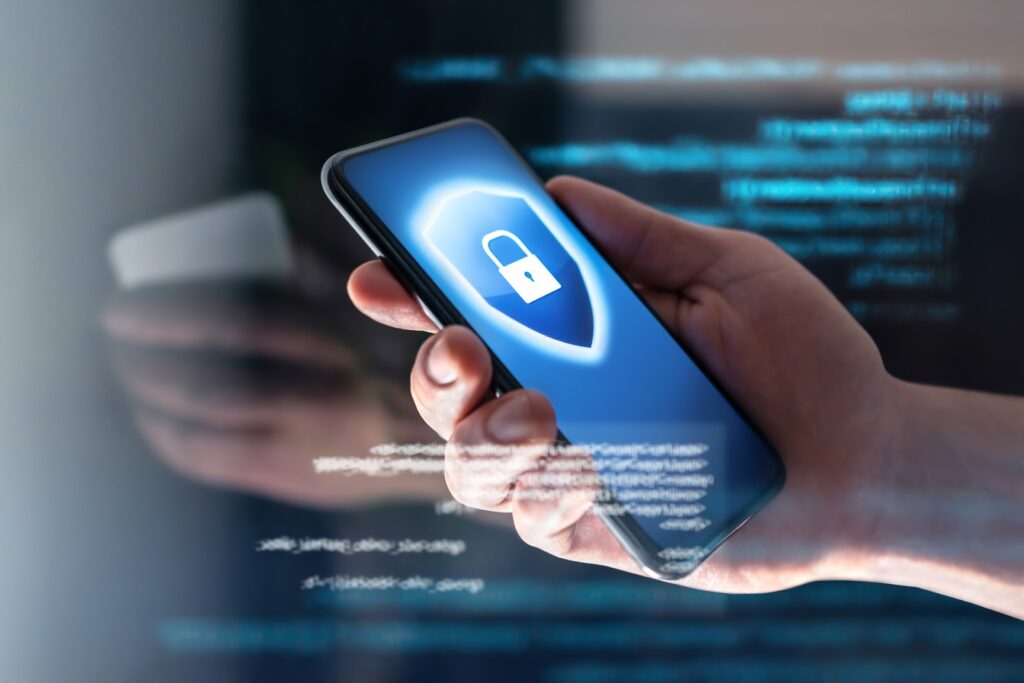Imagine that every time your company website had a spam visitor, you got charged for it. Or for every piece of junk mail in your physical mailbox, the post office sent you a bill.
That’s what tech companies like Glympse are facing from the world’s SMS carriers: Scammers are vacuuming up customer phone numbers, spamming them, and we are charged for the texts. Twitter has explained and complained about this issue extensively (they estimate SMS fraud costs them $60M a year).
Over the last several years, it has not been a problem in the US, Canada and Western Europe, but recently we have noticed spikes in countries like Germany, Spain and Australia. However, historically in many developing countries carriers in these areas shrug their shoulders and continue with business as usual.
This type of SMS fraud, often called SMS pumping, happens when fraudsters take advantage of a phone number input field to receive a one-time passcode, an app download link, or anything else via SMS. Besides Twitter, companies like Apple and Google have eliminated this SMS 2FA option.
At Glympse, our SMS providers charge us thousands of dollars annually for fake verification code SMS messages sent by fraudsters. We’ve been forced to shut down our free consumer app in certain countries where the fraud is especially rampant. We’ve begged our carriers to do something about it – and to stop charging us for it – but again, they continue with business as usual.
Glympse is taking charge: What users need to know
Since the carriers refuse to listen to us (their customers), we at Glympse are taking matters into our own hands to fight SMS fraud and protect our company.
As of March 14, 2023, Glympse Consumer App customers will have a more secure way to authenticate their free accounts with us. Rather than the current method of authenticating an account with a phone number, they will authenticate using their email address.
This change is only for Glympse app users. People who receive a Glympse do not have to do anything because their phone number is not at risk for SMS fraud.
This change will protect users’ numbers from fraud and protect our company from SMS scammers. It saves us money and ensures we can continue offering our app to the millions of people around the world who rely on it.
The email authentication process will take new users just a few seconds to complete. Here’s how it works:
Step 1: Welcome to the free Glympse Consumer App! Enter your email address. You’ll get an email from us with a verification code.
Step 2: Enter the verification code from your email into the Glympse app.
Step 3: You’re verified! Start using Glympse.
We don’t want to make this change – verification with a phone number is an elegant way to set up a Glympse account. But SMS fraud is so common and such a financial threat that, without any help from the carriers and telecom companies, we have to make this change.
Ultimately, the change is a quick-and-painless way for our free app users to authenticate their account while also better protecting us from SMS fraud.
The elephant is still in the room
Meanwhile, the larger problem of SMS fraud hasn’t gone away. It’s a huge financial drain on tech companies and we are forced to fight others’ expensive battles for them.
Carriers and telecom companies should not rely on their customers to fix this problem. Glympse wants to be part of the answer; we’re happy to partner with carriers and others to figure out a solution to this. But we need you, carriers and telecom companies, at the table.




